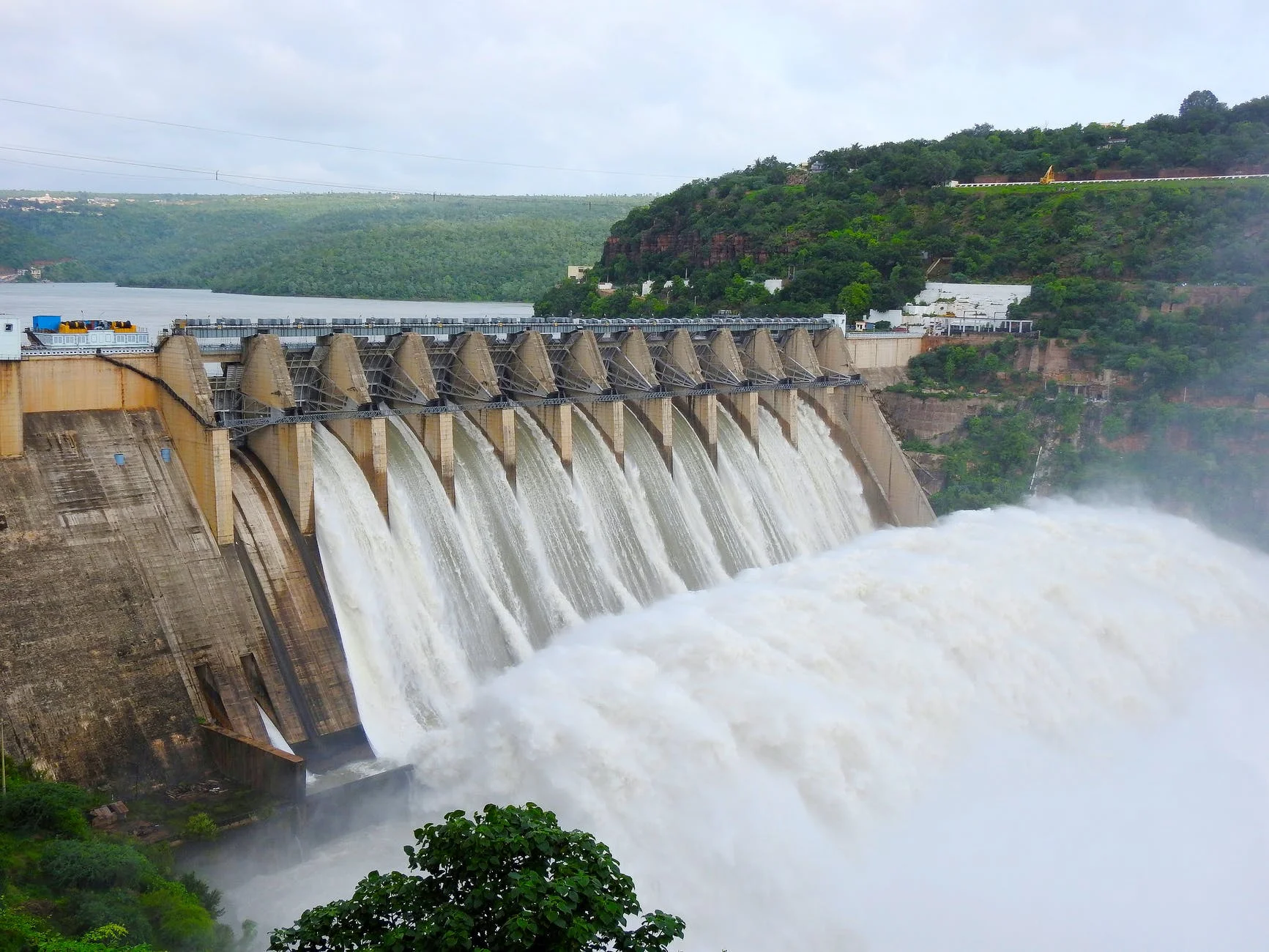
Harnessing Hydropower: Hydroelectric Plants and Energy Generation
Hydropower, derived from the energy of flowing water, stands as a significant contributor to the global energy mix. Explore the fascinating world of hydroelectric power plants and their pivotal role in sustainable energy generation.
The Fundamentals of Hydropower
Hydropower, or hydroelectric power, is generated by harnessing the energy of flowing or falling water. This renewable energy source has been used for centuries, evolving from simple water wheels to sophisticated hydroelectric power plants. The fundamental principle remains the same: the kinetic energy of moving water is converted into electricity.
Components of a Hydroelectric Power Plant
A hydroelectric power plant comprises essential components that facilitate the conversion of water energy into electricity. These include a dam to create a reservoir, intake structures to direct water flow, turbines that transform kinetic energy into mechanical energy, generators to convert mechanical energy into electricity, and transmission lines for distributing the generated power.
Types of Hydropower Plants
Hydropower plants come in various types, each suited to specific geographical and environmental conditions. Run-of-river plants utilize the natural flow of rivers, while reservoir-based plants store water in large dams, enabling controlled energy release. Pumped storage plants provide additional flexibility by storing excess energy for future use.
Environmental Impact and Sustainability
While hydropower is considered a renewable energy source, the construction of dams and reservoirs can have environmental implications. It can alter ecosystems, affect aquatic life, and impact local communities. Balancing the benefits and challenges is crucial for ensuring the sustainability of hydropower projects.
Advantages of Hydropower
Hydropower offers several advantages as a clean and renewable energy source. It produces minimal greenhouse gas emissions, provides a reliable and consistent energy supply, and serves as a flexible source that can respond quickly to changing energy demands. Additionally, hydropower reservoirs often offer recreational opportunities and water storage for irrigation.
Challenges and Considerations
Despite its benefits, hydropower faces challenges. Environmental concerns, the displacement of communities due to dam construction, and the impact on aquatic ecosystems are critical considerations. Balancing energy needs with environmental and social responsibility is imperative for the sustainable development of hydropower.
Global Contribution to Energy Production
Hydropower is a significant contributor to global energy production. Many countries rely on hydroelectric power plants as a key component of their energy portfolios. Understanding the global distribution of hydropower plants provides insights into the diverse strategies nations employ for harnessing this valuable energy resource.
Innovation in Hydropower Technology
Advancements in technology continue to enhance the efficiency and sustainability of hydropower. From fish-friendly turbines to improved dam designs, innovation plays a crucial role in mitigating environmental impacts and optimizing the performance of hydroelectric power plants.
Integration with Other Renewable Sources
Hydropower often complements other renewable energy sources in integrated energy systems. Its ability to respond quickly to changes in demand and provide stability to the grid makes it an ideal partner for intermittent sources like solar and wind. This synergy contributes to the overall reliability of renewable energy networks.
Future Prospects and Sustainable Development
The future of hydropower lies in sustainable development practices. Emphasizing environmental impact assessments, community engagement, and incorporating technological innovations will be key. Striking a balance between energy needs and environmental responsibility ensures that hydropower continues to play a vital role in the transition to a sustainable energy future.
For a deeper exploration of hydropower’s role in sustainable energy, visit Hydroelectric Power Plants.


